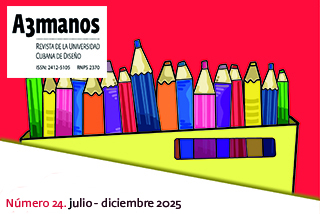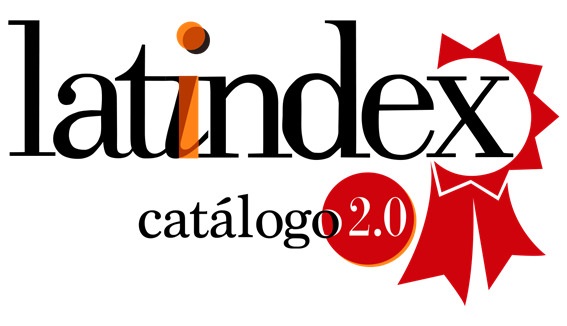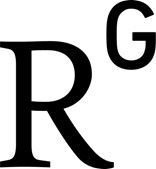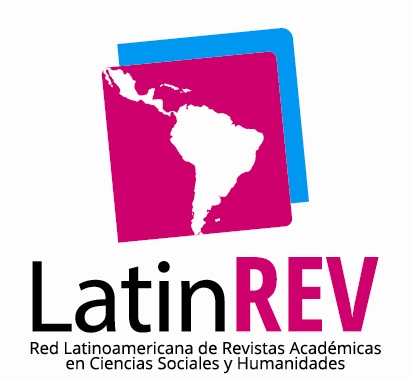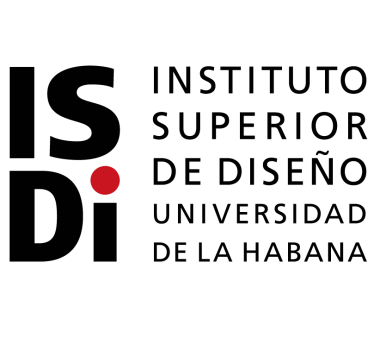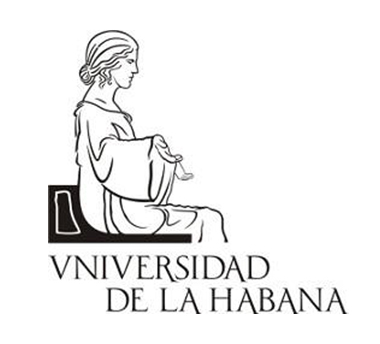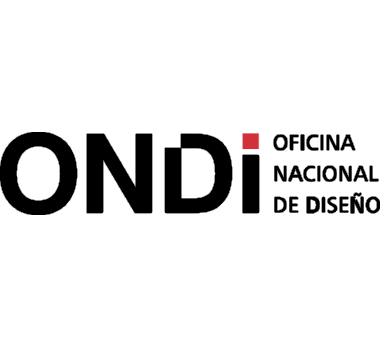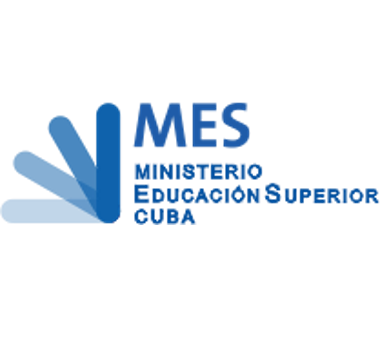Components of a Quality Evaluation Procedure for Interior Design in Cuba
##plugins.themes.bootstrap3.article.main##
Abstract
The objective of this study is to analyze how the components of an effective evaluation are integrated into quality assessment procedures for interior design in Cuba, with the aim of identifying areas for improvement and formulating recommendations. The study employs a documentary analysis of the procedure from ONDi’s National System for Design Quality Evaluation, supported by an observation guide that allows for a systematic examination of the procedure’s key elements. The results indicate that essential evaluation components are incorporated, albeit with certain limitations. A lack of specific objectives for each phase of the space’s life cycle and a predominance of empirical methods in measurement were observed, which reduces the objectivity of the analysis. Additionally, it was noted that the procedure lacks a formal feedback mechanism, limiting its capacity for continuous improvement. These findings allow for the formulation of recommendations to optimize the process, promoting a more adaptive and precise evaluation within the Cuban context.
##plugins.themes.bootstrap3.article.details##
As of Volume 11, Issue. 21, corresponding to the year 2024, this CC BY-NC 4.0 license replaces the one used in previous issues, namely CC BY-NC-SA 4.0

This work is licensed under a Creative Commons Attribution-NonCommercial 4.0 International License.
- Attribution — You must give appropriate credit , provide a link to the license, and indicate if changes were made . You may do so in any reasonable manner, but not in any way that suggests the licensor endorses you or your use.
- NonCommercial — You may not use the material for commercial purposes .
- No additional restrictions — You may not apply legal terms or technological measures that legally restrict others from doing anything the license permits.
- ShareAlike — If you remix, transform, or build upon the material, you must distribute your contribution under the same license as the original. NOTE: This point applies to numbers 1 to 20 of the magazine with the previous CC-BY-NC-SA 4.0 license. Does not apply to the new CC BY-NC 4.0 license from Volume 11, Number. 21 (2024).
References
Abma, T. A., & Stake, R. E. (2001). Stake’s responsive evaluation: Core ideas and evolution. New Directions for Evaluation, 2001(92), 7–21. doi:10.1002/ev.31.
Castro Pimienta, O. (2016). La evaluación como modo de actuación profesional de los diseña-dores. Una experiencia docente – investigativa. A3 Manos [En lÃnea], (4), 37-59. [Citado 14 junio 2022]. Disponible en: http://a3manos.isdi.co.cu/docs/articulos/4-3.pdf
European Foundation for Quality Management. (2020). The EFQM model. EFQM.
ISO 9001. (2023). Control of Documents and Rec-ords. Disponible en 9001 Council.
JUSE. (2023). The Application Guide for The Dem-ing Prize The Deming Grand Prize. Disponible en https://www.juse.or.jp/deming_en/
Oficina Nacional de Diseño. (2018). Sistema Nacional de Evaluación de la Calidad del Diseño: Volumen II. Procedimientos e instrumentos pa-ra la evaluación de la calidad del diseño. Cuba: Ediciones Forma.
Stufflebeam, D. L. (1987). Components of evalua-tion. En G. F. Madaus, M. Scriven, & D. L. Stufflebeam (Eds.), Evaluation Models: View-points on Educational and Human Services Evaluation (pp. 117-141). Springer.
Stufflebeam, D. L. (2000). The CIPP Model for Evaluation. En D. L. Stufflebeam, G. F. Madaus, & T. Kellaghan (Eds.), Evaluation Models (Vol. 49, pp. 279-317). Springer.
Szlaifsztein, F. (2015). GuÃa de Elaboración de Procedimientos. USAID y CEAMSO. Asunción, Pa-raguay. Disponible en https://pdf.usaid.gov/pdf_docs/PA00MTBW.pdf

